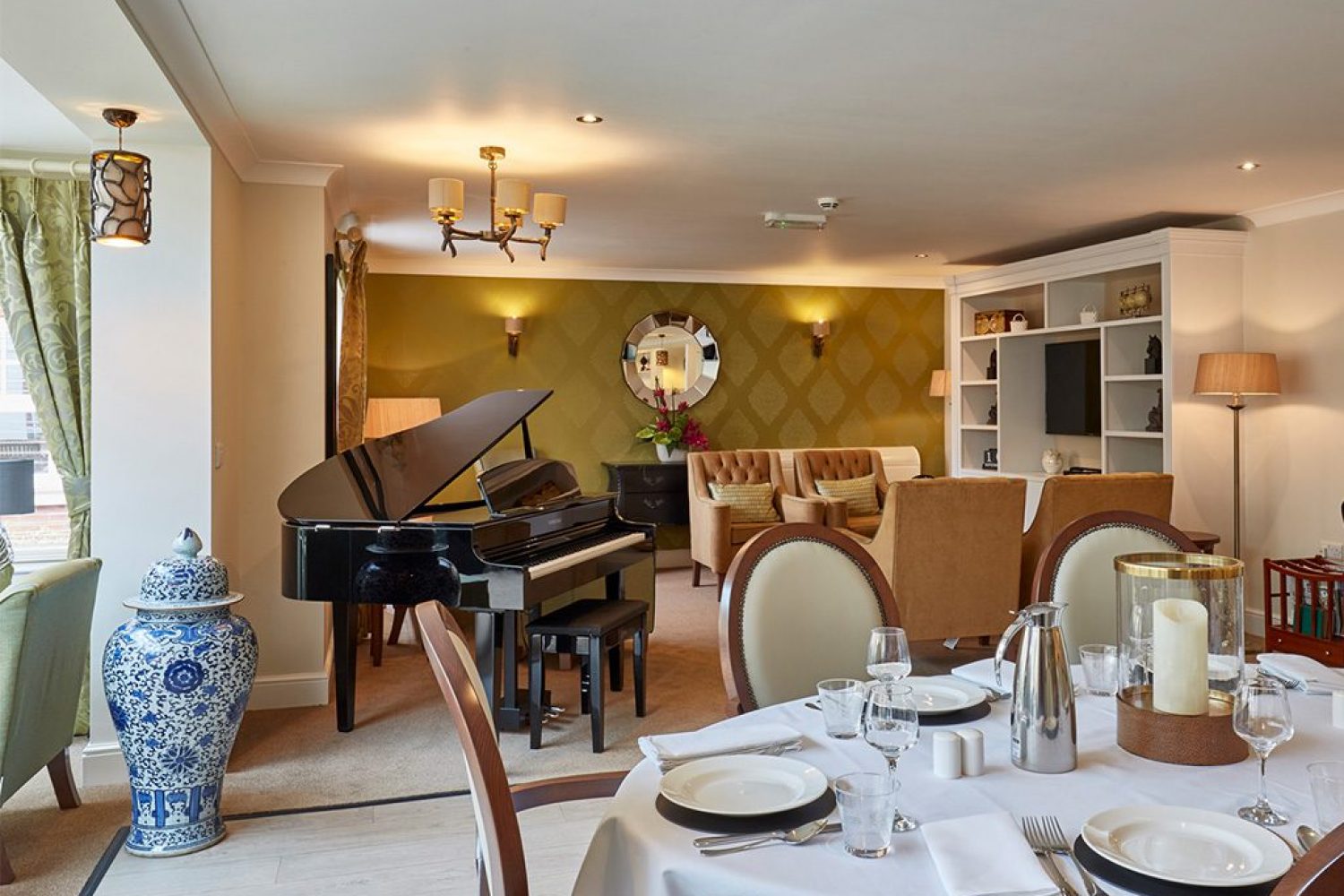- Article
- Jordan Cantley
Dementia friendly environment In an ageing society, the provision of quality residential care services with a dementia friendly environment is rapidly becoming one of the great challenges of the age. Achieving an

Having the correct lighting in your care home is incredibly important for the wellbeing of both staff and residents. As we age we require twice as much light to perform everyday activities as normal standards recommend, and 4 times as much light as we need when we are in our 20s. Investing time into considering your care home lighting requirements can have a myriad of benefits; improved wayfinding and independence, general mood and a reduction in anxiety levels, easier for carers and residents to perform tasks, reduction in trips and falls and also improving the feel and look of your interiors.
In this post we give you a guide to the key areas for consideration when lighting your care home and how you can improve the lives of your residents and carers through intuitive design.
Daylight is the most important source of lighting and that which you should maximise as much as possible. The health benefits of natural light are unrivalled; people who are exposed to natural light are prone to producing higher levels of vitamin D and serotonin, it helps to regulate a natural sleeping pattern by being exposed to the changing daylight throughout the day, and is also proven to reduce cases of Seasonal Affective Disorder. Even better, it’s also free!
In order to maximise the impact of daylight in your home follow these simple guidelines:
As we already know that people in the older years of their lives require 4 times as much lighting as someone in their 20s, it is recommended that someone that is of a similar age to your residents is involved in any lighting decisions to ensure that all viewpoints are considered. There are a variety of lighting options to consider and some of this decision will also depend on the interior style you are wanting to emulate and also budget, but it’s important to remember throughout that this is your residents home. Being able to provide a space that is as similar to home as possible will mean that your residents feel comforted by a familiar environment.
Some basic principles to go by are:
Lastly, it’s important to consider your lighting as part of the interiors as a whole; colours, patterns and fabrics can look very different in daylight compared to a soft glow from a wall sconce. When assembling a care home interior scheme our interior designer will also consider the lighting requirements of the space and make recommendations. If you’d like to discuss your next project with our interiors team please get in contact on 01603 664 900 or email sales@furncare.co.uk.
Find out more about care home interiors and design here.
| Cookie | Duration | Description |
|---|---|---|
| cookielawinfo-checkbox-analytics | 11 months | This cookie is set by GDPR Cookie Consent plugin. The cookie is used to store the user consent for the cookies in the category "Analytics". |
| cookielawinfo-checkbox-functional | 11 months | The cookie is set by GDPR cookie consent to record the user consent for the cookies in the category "Functional". |
| cookielawinfo-checkbox-necessary | 11 months | This cookie is set by GDPR Cookie Consent plugin. The cookies is used to store the user consent for the cookies in the category "Necessary". |
| cookielawinfo-checkbox-others | 11 months | This cookie is set by GDPR Cookie Consent plugin. The cookie is used to store the user consent for the cookies in the category "Other. |
| cookielawinfo-checkbox-performance | 11 months | This cookie is set by GDPR Cookie Consent plugin. The cookie is used to store the user consent for the cookies in the category "Performance". |
| viewed_cookie_policy | 11 months | The cookie is set by the GDPR Cookie Consent plugin and is used to store whether or not user has consented to the use of cookies. It does not store any personal data. |